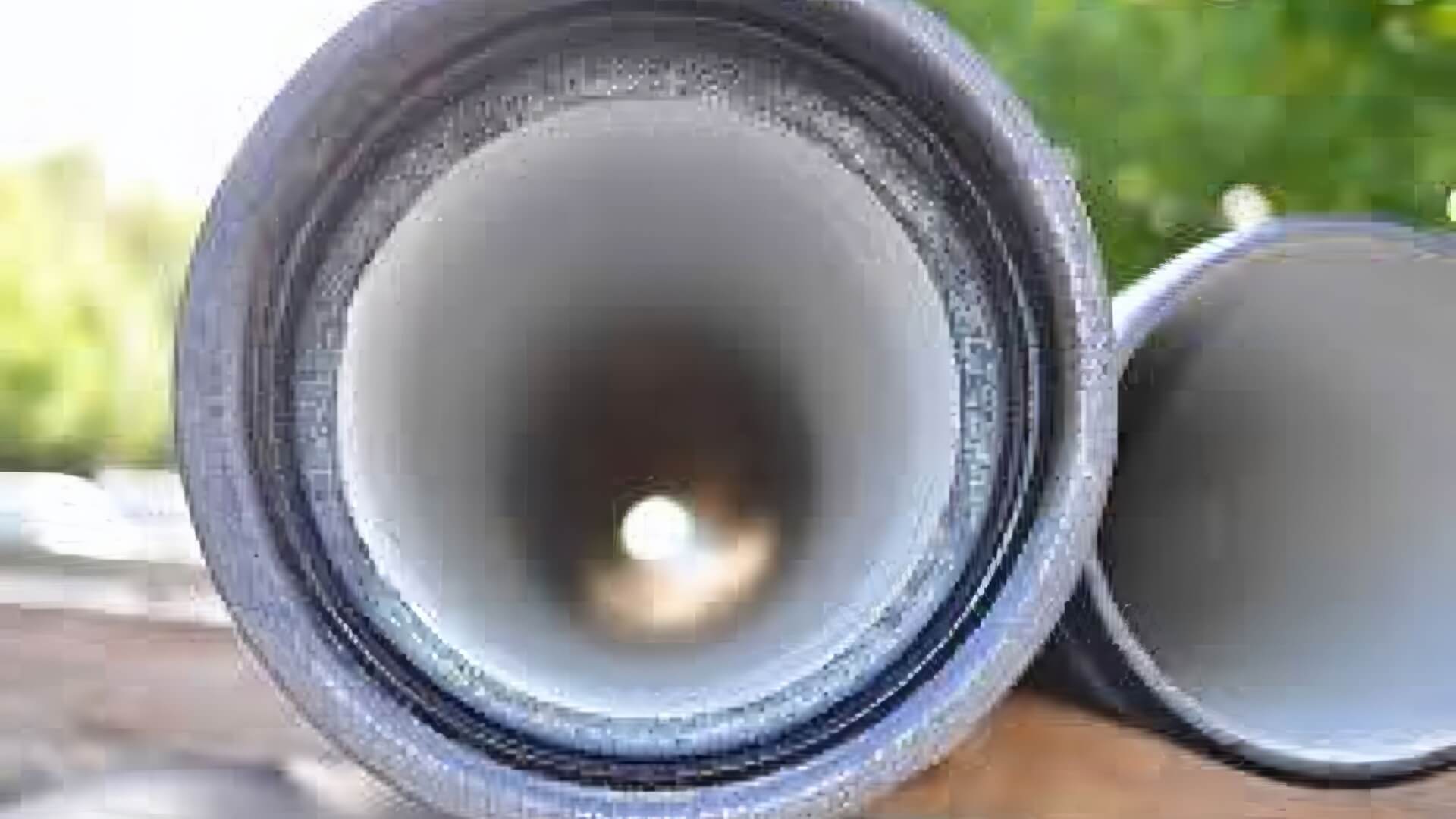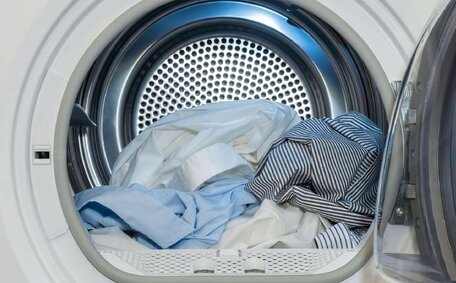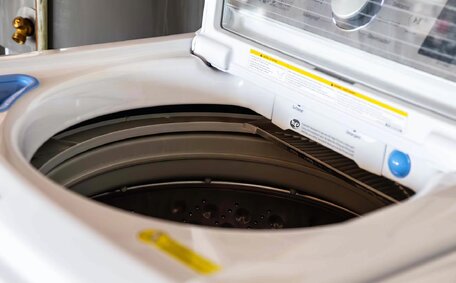Common Pipe Relining Materials
The most commonly used materials for pipe relining include:
- Curedinplace pipe (CIPP) - CIPP relies on a resin-impregnated tube inserted into existing pipes, set in place through curing with hot water, steam, or UV light. Composed of hardened epoxy resins and materials like polyester or vinyl ester, this lining is meticulously selected to match the internal requirements. After setting, CIPP results in a seamless, corrosion-resistant lining, tightly fitting within the existing pipe.
- Epoxy Resin - Epoxy coatings are applied to the inner surfaces of pipes. This coating forms a leak-preventive barrier that also resists chemical degradation.
- Glass-Reinforced Epoxy - This combines lightweight fibreglass material with epoxy resin to form a robust structural lining. It boasts high strength and longevity, creating a durable new lining within existing structures.
- Polyethylene (PE) - A flexible PE pipe within existing pipe liner is fused to the inside to rehabilitate it. PE offers chemical and abrasion resistance.
- PVC - PVC liners have similar flexibility benefits and can handle a range of temperatures and pressures.
The benefits of pipe relining include non-invasive repairs, installed without the need for disturbing excavations. The completed relining enhances pipe resilience, surpassing traditional replacements by withstanding tree root invasions and improving water flow. These solutions are often backed by 50-year warranties, affirming their extended lifespan and safety for drinking water systems.
Epoxy Resin
We use epoxy resin for its remarkable strength and durability, which bonds to create a protective barrier inside your pipes. When set, the epoxy coating seals against leaks, combats corrosion and wear, and enhances fluid movement.
During the relining process, we introduce liquid epoxy resin into the cleaned pipe to coat the interior. This coating sets within the pipe, creating a hard, seamless lining tailored to its shape. This allows for reliable repairs of sewer pipes into damaged pipe without the need for excavation or complete pipe replacement.
Epoxy resin can used to reline what type of pipe profiles, including steel, cast iron, concrete, clay, and plastic pipes. Epoxy resin is enduring within water pipes over diverse temperatures and is apt for systems carrying drinking water. Epoxy linings come with extensive 50-year warranties, attesting to their longevity.
While epoxy pipe relining offers many benefits, We also address limitations, as certain pipe relining conditions may require exploration. Factors such as various types of damage like extensive tuberculation, offsets, and poor access can make epoxy relining challenging or necessitate alternative methods. At Oatlands Plumbing, we take care to thoroughly evaluate each pipe issue to determine the optimal trenchless repair technique, particularly in areas where there is limited access.
Polyethylene (PE)
High-density polyethylene (HDPE) is a popular and durable choice for lining sewer pipe systems. HDPE provides several benefits for sewer pipe systems, notably:
- High strength and crack resistance
- Withstands chemical exposure and abrasion
- Minimal leak potential due to fused joints
- Long service life expectancy
- Suitable for a wide range of pipe sizes
In installation, HDPE is warmed and drawn into the existing pipe, morphing into a new lining within the old configuration. It fuses to itself upon cooling to form a tight custom fit. The seamless, jointless nature of the liner ensures the integrity of pipes without having infiltration from tree roots and groundwater.
HDPE has similar temperature resistance as pipes like PVC but offers greater impact strength. Due to its flexibility, HDPE easily moves through bends and joints, ideal for trenchless revamps of old or impaired pipes. Polyethylene boasts strong traits for durable, long-term pipe relining applications.
Polyvinyl Chloride (PVC)
Polyvinyl chloride (PVC), a favoured thermoplastic, yields fruitful results for pipe relining projects. PVC’s key properties making it ideal for relining include:
- High tensile strength and durability
- Resistance to abrasion and corrosion
- Flexibility to bend with pipe movements
- Ability to withstand high pressures
- Cost-effectiveness
PVC pipe liners come in a variety of diameters and can conform to the shape of the host pipe through heat or steam. Upon cooling, the PVC liner forms a tight seal inside the host pipe, restoring structural integrity and flow capacity. Additionally, PVC has a smooth surface that maintains efficiency, similar to a liner into pipe.
At Oatlands Plumbing, our extensive expertise in trenchless pipe relining services both residential and commercial properties in Sydney. This trenchless pipe lining method can overhaul various sewer lines, including those made of PVC, clay, concrete, and steel, where applicable.
From ageing drain lines prone to blockages to leaky pipe joints, PVC lining proposes an efficient method for drain repair – Contact us today for a personalised consultation.
PVC lining’s installation is less intrusive and swifter than full pipe replacement—contact us to discover more about this trenchless technique.
Glass-Reinforced Epoxy
Glass-reinforced epoxy is a unique relining material consisting of lightweight fibreglass cloth or mats saturated with epoxy resin. Once installed and cured, it forms an exceptionally rigid and durable pipe lining.
Compared to materials like CIPP or PE, glass-reinforced epoxy offers superior rigidity and beam strength. This makes it well-suited for pressure pipe applications, large diameter pipes, industrial pipelines, and other situations requiring high structural resilience.
Fibreglass reinforcement provides superb corrosion protection and allows for customisation of strength and thickness. It bonds firmly to various materials to form a lasting internal pipe barrier coating. Additionally, no manholes or inspection pits are necessary, as it can be installed from one end.
Here We at Oatlands Plumbing employ Nu Flow glass-reinforced epoxy for high-strength pipe rehabilitation efforts throughout Sydney. Its durability, leak protection abilities, and range of applications make it an ideal solution for restoring structural integrity to deteriorating water, sewer, and industrial pipes without replacement.
Safety and Durability
The materials used, or what you need to know about pipe relining, undergo extensive safety testing and certification before being approved for potable water contact and pipeline rehabilitation applications. Following the curing process, they become entirely inert and secure for conveying drinking water, making them a prime choice for rehabilitating water pipes.
Most cipp relining materials like cipp lining, epoxy, PE, and PVC can installed with long-term 50-year warranties attesting to their exceptional durability and lifespan. Over this period, relined pipes can last, preventing leaks, blockages, corrosion damage, and other issues to provide reliable service life.
The material in these linings not only extends the pipe’s life and structural strength but also enhances flow efficiency over time. By reinforcing pipe walls and restoring roundness, liquids can flow freely at designed capacities without obstruction.
physical durability, relined pipes prevent root intrusion, groundwater infiltration, and contamination problems. The custom-fit barrier coating not only guards against pollution in sewage overflow events but serves to improve flow within the system.
With superior longevity compared to traditional piping, relined pipes form a critical part of your building’s sewer system and are a smart infrastructure investment. Contact our team at Oatlands Plumbing to learn more about these innovative trenchless solutions.
The Pipe Relining Process
Pipe relining works by reinforcing various pipe types through a multi-step, trenchless process.
It commences with meticulous pipe assessment, using a drain camera to point pipe damage location, extent, and nature. This initial assessment is crucial to ensure the suitability of relining and to comprehensively gauge the damage within the pipes.
Any built-up debris, protruding service connections, or obstructions in the pipe are cleared out using mechanical cutters or robotic CCTV equipment. The interior walls are then cleaned, ensuring any debris blockages are removed, and prepared for relining.
A new liner coated with epoxy and saturated with a thermosetting resin, known as inversion pipe relining, is inserted into the host pipe. The liner into the host pipe inside is then inflated, releasing, and then cured in place using hot water or steam, ensuring it conforms snugly to the pipe walls. It is held in position and then cured in place, with the process typically taking 2 to 4 hours.
Once in place and liner cured, the pipe lining forms a jointless, watertight, and corrosion-resistant barrier. This restores structural integrity, flow capacity, and longevity to the existing pipe for 50 years or longer without needing to dig it up.
Pipe relining can restore most pipes 4 inches or greater in diameter. Repairs can done swiftly, with minimal disruption, and are normally completed in just one day. Overall, it is a highly effective trenchless rehabilitation method for ageing drain pipes, sewers, and plumbing systems.
Cost Effectiveness
Relining your pipes provides immense cost savings compared to full pipe repair. By reinforcing existing pipes, it eliminates need for excavating and installing new ones, avoiding high labour and restoration charges.
Key factors that enhance the cost effective nature of pipe relining include:
- Minimal excavation - Only small access pits are needed instead of trenching.
- Less restoration work - Surfaces like walls, landscaping, and pathways are left undisturbed.
- Faster process - Pipe relining typically takes 1 day instead of weeks.
- Operational continuity - Water and sewer services usually continue without disruption.
- Long-term solution - How long does the relining material last? Materials used provide 50+ years of durability.
There are also public cost benefits regarding reduced traffic congestion and environmental impact compared to traditional open-trench pipe replacements.
In most cases, pipe relining offers savings of 30% to 50% over substitute piping, as it is done without need to dig. And with greater structural lifespan, it eliminates the need for frequent repairs or replacements.
Contact Oatlands Plumbing Pty Ltd for comprehensive pipe relining services and discover the cost-effectiveness of our trenchless solutions.
Comparison to Pipe Replacement
Pipe relining, or what pipe relining entails, offers numerous advantages compared to full pipe replacement. Traditional pipe replacement is highly disruptive, requiring extensive excavation to access and remove the damaged pipe. This damages surrounding structures and landscaping and generates major debris.
In contrast, pipe relining is a trenchless process completed through small access points, preserving building interiors, exteriors, and outdoor areas, giving you peace mind. The structural reinforcement conveys lasting stability, affording you peace of mind as future excavations for repairs or replacements are averted.
From an environmental standpoint, traditional piping waste ends up in landfills while relining keeps pipes out of landfills. The carbon footprint is also greatly reduced without large equipment and crew mobilisation.
While pipe replacement has a lower upfront cost, pipe relining provides greater value over the long run. The 50-year durable materials prevent failures and eliminate recurring repair costs. And with infrastructure ready relining and faster installation measured in hours rather than weeks, businesses and homes experience virtually no disruption or loss of productivity.
In situations where full pipe replacement is unavoidable, pipe relining can still mitigate costs and impacts by reducing the scale of required excavations and simplifying logistics. Our team is happy to provide consultations to determine the best approach for your situation.






